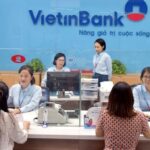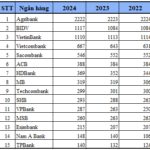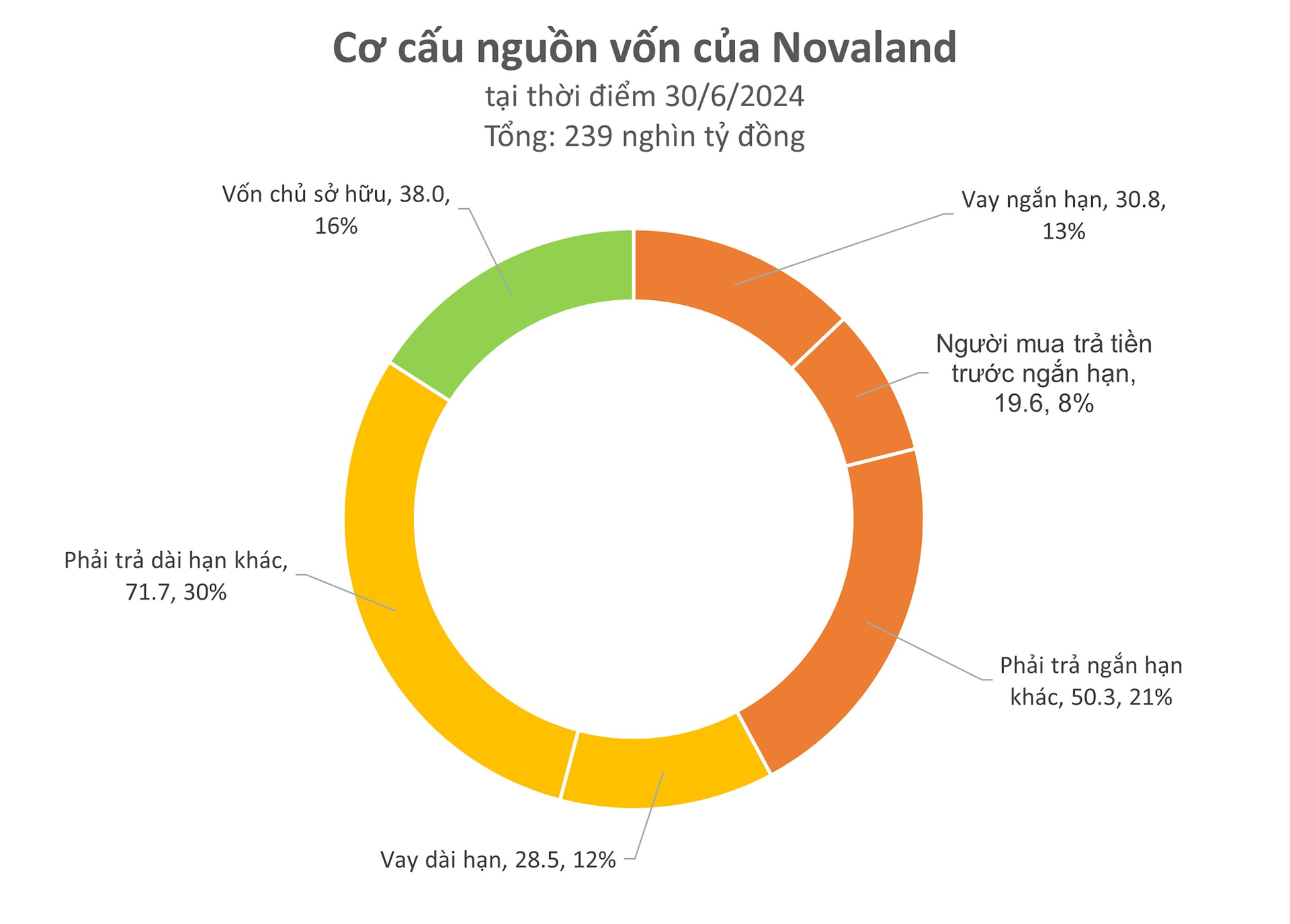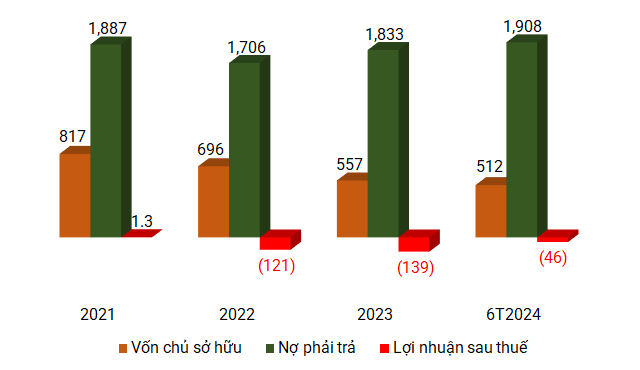With an impressive growth rate of 10-12% annually, the industry is not only showcasing its immense potential but also contributing to putting Vietnam on the global food map. However, challenges arise regarding the quality of raw materials, value chain linkages, and the pressing demands for a green transition from major markets.
TRENDS IN THE FOOD PROCESSING INDUSTRY
Statistics show that 70-85% of Vietnam’s agricultural products are exported in their raw form or with low processing value. Price fluctuations due to supply and demand imbalances are common, and agricultural production is often small-scale and inconsistent in quality.
Processing technology has limitations and is not standardized, resulting in unattractive packaging and high production costs. Consequently, Vietnamese food products generally lack a competitive edge in the international market. In addition, an inefficient and incomplete logistics system remains a challenge for many businesses.
Faced with these mounting pressures, food processing enterprises in Vietnam are striving to enhance their technology, automation, and management capabilities. Aligning with the government’s macro-orientation towards a green transition and sustainable, smart industrial development, Nestlé Vietnam reaffirms its long-term commitment by announcing a new investment of 75 million USD (nearly 1,900 billion VND) to expand the Nestlé Tri An factory in Dong Nai province, commemorating its 30th anniversary in the country.
This factory is not only one of Nestlé’s most modern coffee processing facilities but also contributes to enhancing the value of Vietnamese agricultural products, propelling Vietnamese coffee beans onto the global coffee map.

EMBRACING HIGH-TECH PRODUCTION
Regarding the new investment in Vietnam, Mr. Binu Jacob, CEO of Nestlé Vietnam, shared: “This additional capital focuses on two main objectives: upgrading processing technology, particularly freeze-drying technology, which requires advanced techniques; and expanding production capacity by introducing new production lines, including one for coffee pods, a rapidly growing product in multiple markets.”
“However, what sets this investment apart is its emphasis not only on ‘hardware’ but also on ‘software,’ encompassing human capital development, technological innovation, digital transformation, green growth, and holistic progress for Nestlé in Vietnam,” emphasized Mr. Binu Jacob.
Amid the industry-wide pressure to digitize, the Nestlé Tri An factory, with its large-scale and cutting-edge technology, has fully automated its operations. All processes are controlled from a central room via a computer system. It is also the first factory in Vietnam to produce decaffeinated coffee beans using modern technology and the second-largest factory within the corporation for such production.
CONTINUING THE SUSTAINABLE DEVELOPMENT JOURNEY
Alongside technological modernization, Nestlé Vietnam recognizes that people are the core factor determining the success of any transformation. The Tri An factory is implementing programs to train highly skilled technicians, develop internal management and leadership capabilities, and foster a culture of innovation throughout the enterprise.
The operational team at Tri An not only masters advanced technologies but is also equipped with strategic thinking skills and adaptability to change. Additionally, Nestlé prioritizes creating a safe, transparent work environment and promoting gender equality, which are crucial for retaining and developing talented individuals.
Beyond human resources, investing in sustainable development is a fundamental principle in Nestlé’s operational strategy. Since 2015, all Nestlé Vietnam factories, including Tri An, have achieved the goal of “zero waste to landfill.” This means that 100% of production waste has been recycled, and no waste is disposed of in landfills.
Specifically, at the Tri An factory, a synchronized system of renewable energy and water recycling has been implemented, along with carbon emission reduction targets aligned with the corporation’s global Net Zero trajectory.
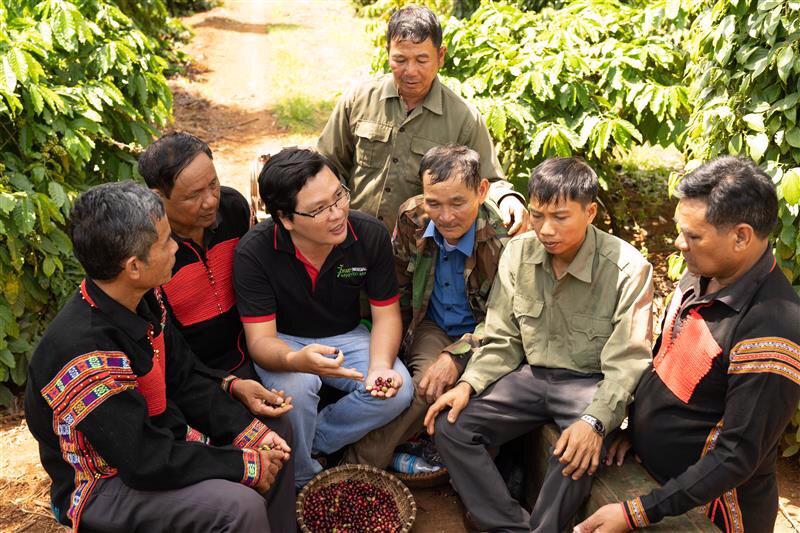
In the next phase, Nestlé Tri An will continue to serve as a launchpad for regenerative agriculture initiatives, forging strong links between the factory and its source of raw materials. Simultaneously, it stands as a testament to the strategy of intertwining business growth with creating shared value for the community – a philosophy that Nestlé has consistently pursued in Vietnam for over three decades.
With a solid foundation built upon three strategic pillars: digital transformation, human resources development, and sustainable growth, the Nestlé Tri An factory is emerging as a model for modern industry in Vietnam. More than just a production project, it symbolizes how a business can make tangible contributions to the nation’s ascendance.
The Great Bank Branch Shake-up: What Happened to the 42 VietinBank, Sacombank, and SCB Offices?
“The Chairman of VietinBank emphasized that VietinBank would be the first among the large state-owned capital group to undertake this endeavor.”
A Transformational Year for PGBank: Rising to New Heights
In 2025, PGBank aims to build on its transformative progress in 2024 and forge ahead with robust, efficient, and sustainable growth. This ambitious goal will be achieved through a continued focus on process optimization, strategic expansion, vigorous brand-building, and enhancing the customer experience.



